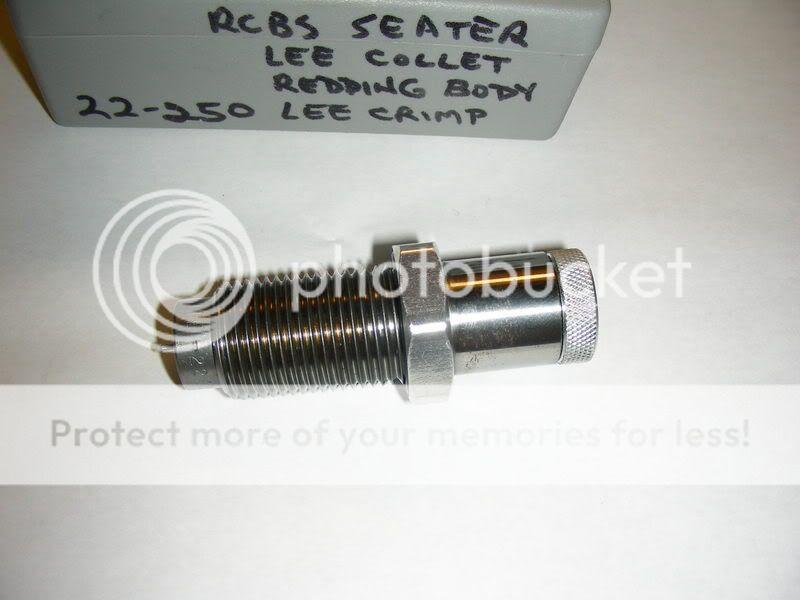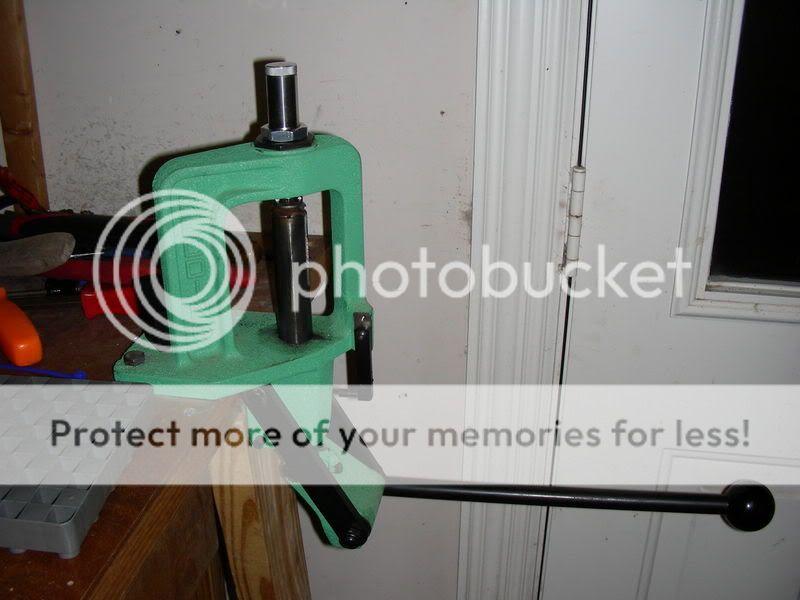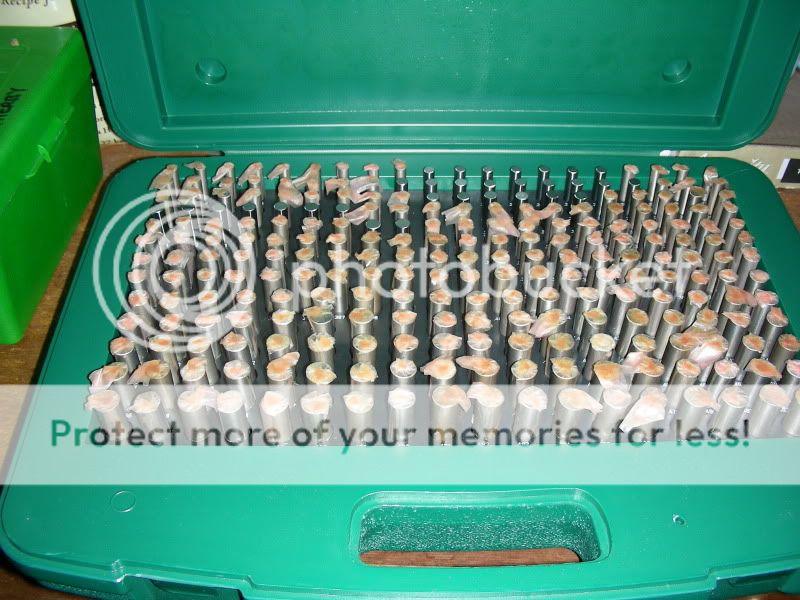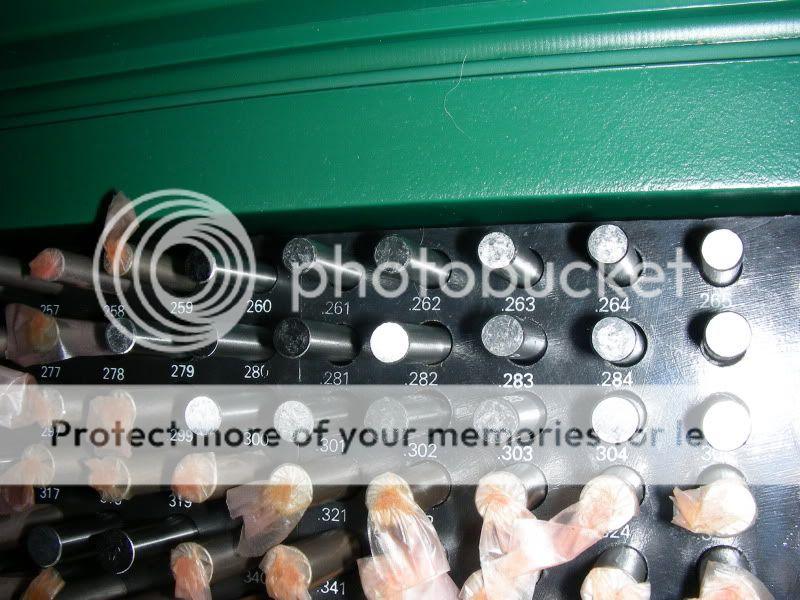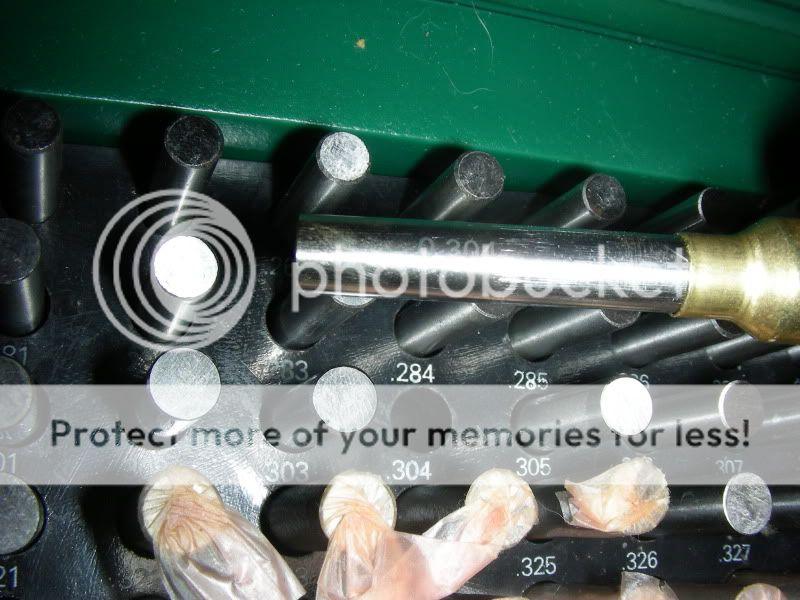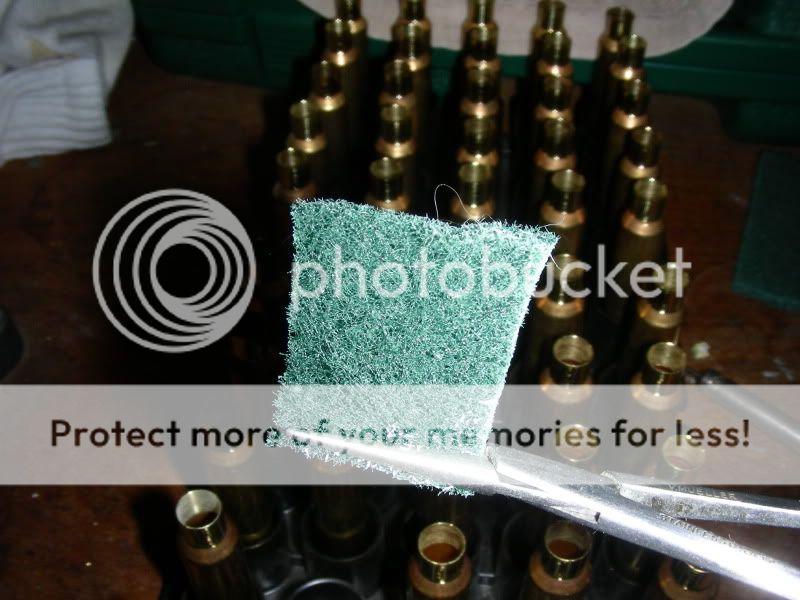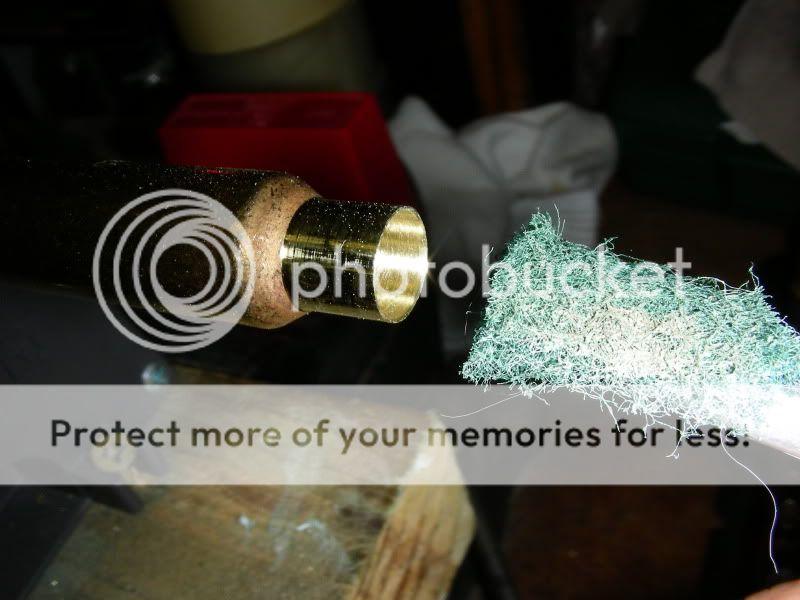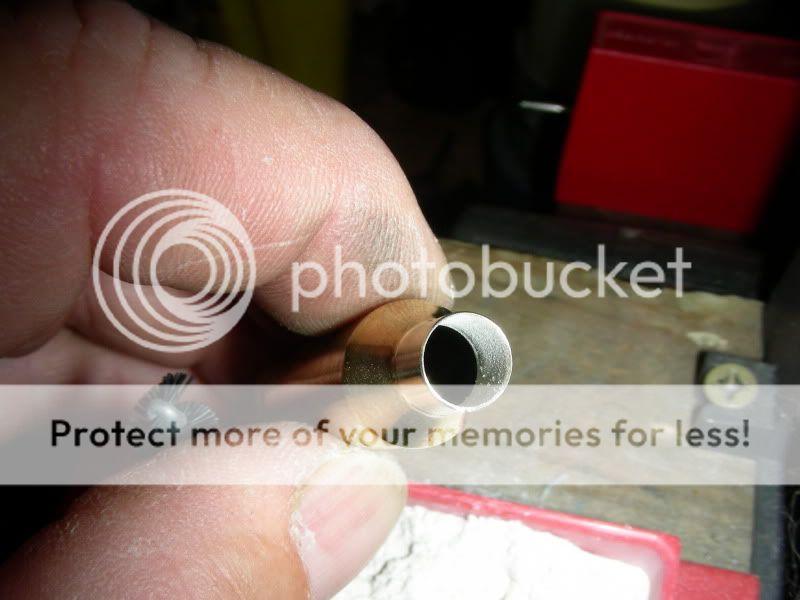This is some good stuff fellas. Thanks for taking the time to reply...especially nice pictures woods. I do have a few follow up questions.
woods - Any thought as to why the Redding did not perform as well as the others? I was actually thinking that I was going to get the Redding FL Bushing die. Any thoughts on if the FL might perform better than the neck? The pin gauges are pretty cool...what does a set like yours cost?
Tom H - do you get satisfactory results with your Redding Bushing dies?
boomtube - I think I read on the Lee site that one should not use their collet dies for hunting ammunition. Is that true and if so do you know why?
woods - Any thought as to why the Redding did not perform as well as the others? I was actually thinking that I was going to get the Redding FL Bushing die. Any thoughts on if the FL might perform better than the neck? The pin gauges are pretty cool...what does a set like yours cost?
Tom H - do you get satisfactory results with your Redding Bushing dies?
boomtube - I think I read on the Lee site that one should not use their collet dies for hunting ammunition. Is that true and if so do you know why?

